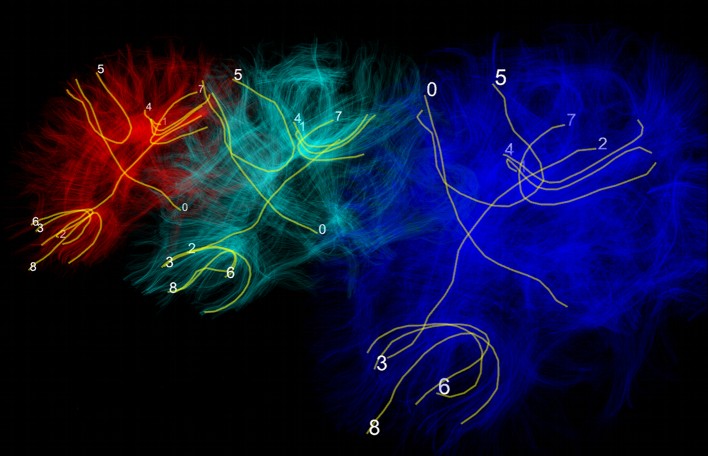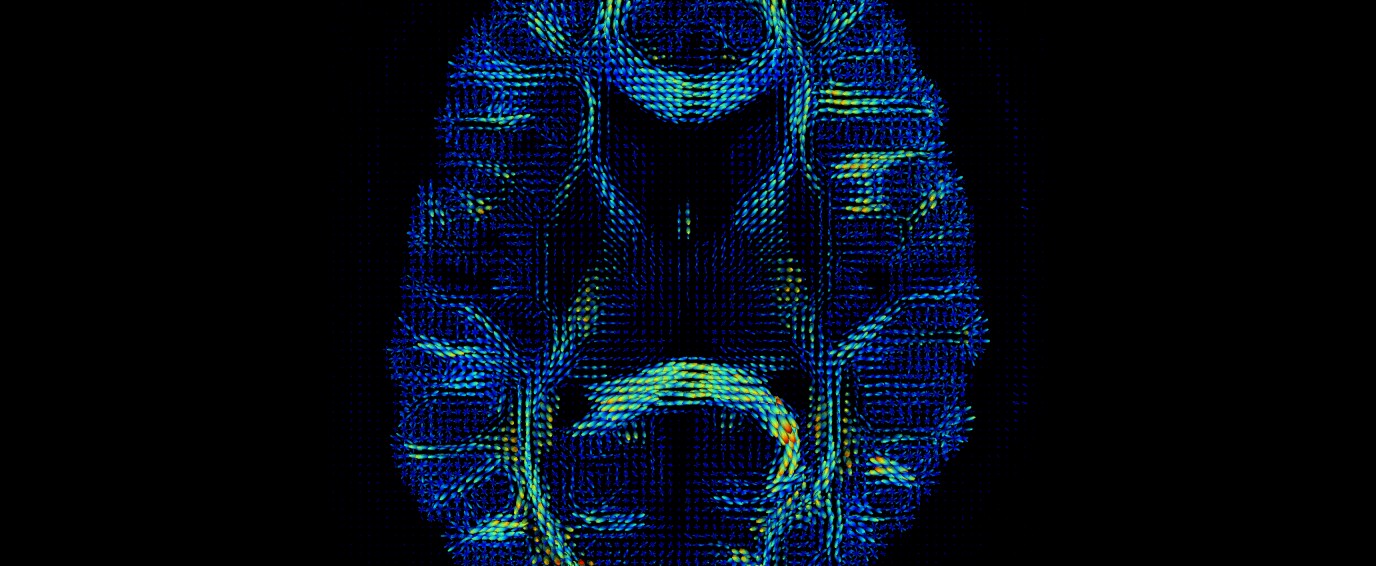
Research
GRG performs research in the areas of: medical imaging, machine learning, signal processing, scientific visualization and software engineering. More specifically, we concentrate on the development of new methods from these topics applied to MRI analysis for generic applications e.g., understanding the structural connectivity of the brain and specific applications e.g., studying Alzheimer's disease or tracking brain tumors. Finally, the GRG is the headquarters of DIPY. DIPY is a popular international software project for computational neuroanatomy.

A great percentage of the population struggles from mental diseases and every single person has gown through mentally troubling times in their life. Brain scanners produce datasets that require sophisticated analysis before they can be used by researchers or clinicians. We develop intelligent algorithms and software that performs this analysis and distribute them openly in the world.

In GRG, we built game engines for scientific visualization. Scientists need the most advanced tools to visualize their data. We develop highly modular APIs to allow scientists to interact with high dimensional and complex datasets.

Machine Learning and A.I. are of great importance to our group. At GRG we have long expertise in sequential unsupervised clustering which started with the development of QuickBundles. However, we develop algorithms both for supervised and reinforcement learning. Our group has also great interest in Artificial General Intelligence who we believe will have an astounding impact in medical applications.

Modern medical hardware has many different capabilities and often provide data that are multi-dimensional and inherently complex. At GRG we build tools to simplify these datasets and discover hot points for usage in clinical applications.